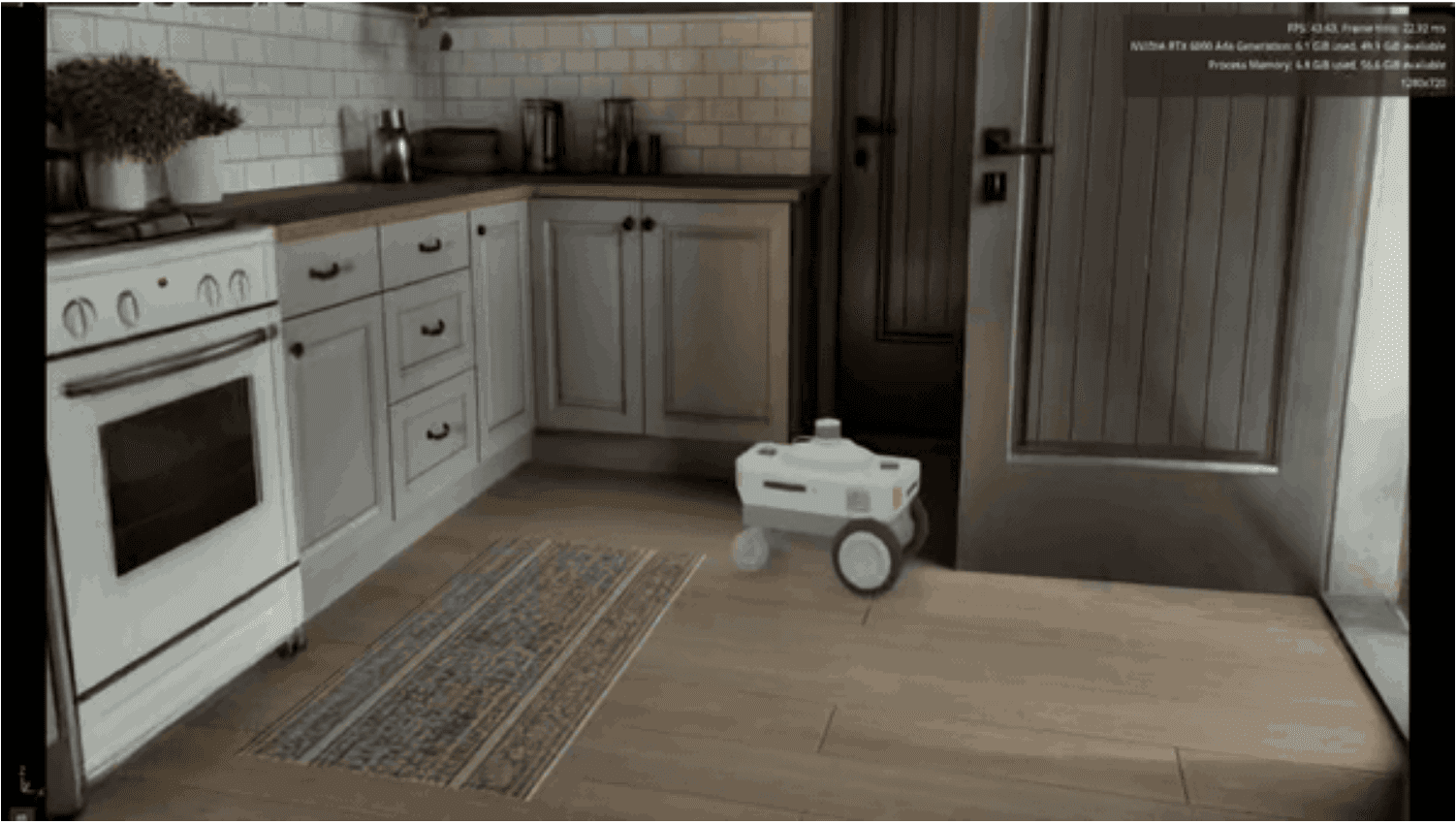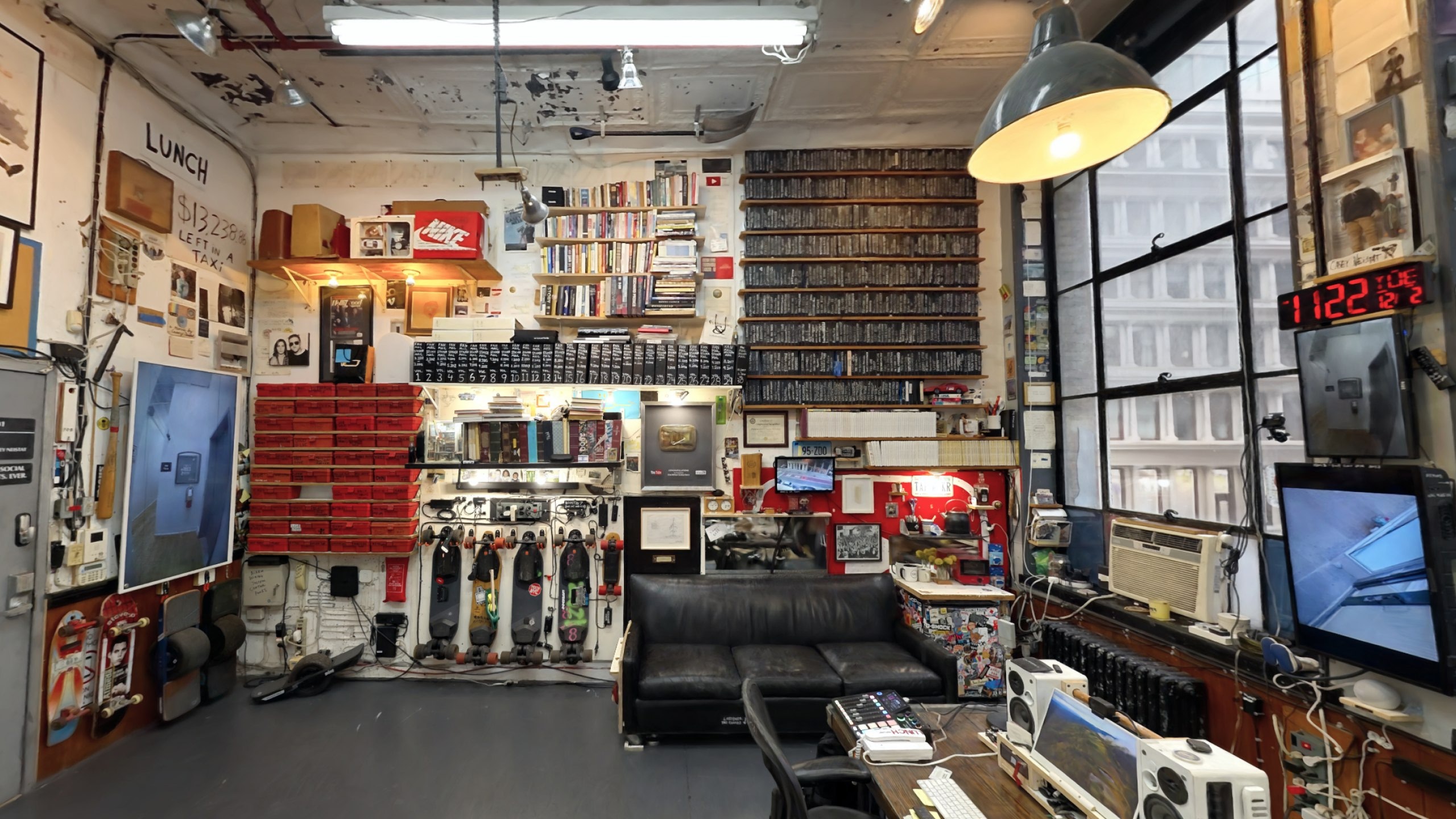
Michael Rubloff
Nov 27, 2023
In the evolving landscape of digital storytelling, Neural Radiance Fields (NeRFs) have emerged as a groundbreaking tool, transcending their initial use in music videos and effects-laden films to more nuanced applications. Among these, the seven-minute documentary "A Safe Place to Land" stands out as a testament to the versatile power of NeRFs in the realm of documentary filmmaking.
This documentary, directed by Souki Mansoor, delves into the poignant lives and enduring trauma of two women who founded the Don't Look Back Center in Colorado Springs. Their journey, from the depths of personal struggles to the creation of a sanctuary that embodies their mission — "to engage in co-creative community work with women, transwomen, men, transmen, and non-binary individuals" — is both heartrending and inspiring.
What makes "A Safe Place to Land" particularly compelling is its sensitive treatment of a delicate subject where respect and authenticity are paramount. Here, NeRFs do not just serve as a technological gimmick; instead, they become a conduit that brings viewers closer to the protagonists' experiences.
Director Souki Mansoor reflects on the unique capability of NeRFs in documentary filmmaking: “Traditional documentary has struggled with conveying memories of suffering in a respectful way. I believe NeRFs can change that. Living with complex trauma myself, I found NeRFs to be a new language that conveys the sensation of trauma — overwhelm, panic, anger, and numbness — in a way that’s emotionally resonant and respectful to our participants. It’s a tool that re-thinks how we tell these stories, empowering and honoring everyone involved.”
By utilizing NeRFs, Mansoor skillfully freezes time as the subjects recount their stories, allowing the audience to immerse themselves in the narrative with unprecedented intimacy. Moreover, the technology's application showcases its utility in documentary filmmaking. It enables the capturing of authentic moments without the intrusion of elaborate camera setups, as complex shots are constructed in post-production. This approach preserves the raw emotion of the narrative, ensuring that the focus remains firmly on the story and its subjects.
"A Safe Place to Land" is not just a story about overcoming adversity; it's a celebration of resilience and the human spirit. It's gratifying to witness how radiance field technology can amplify such narratives, bridging the gap between the audience and the story.
Director Souki Mansoor remarks,
These words encapsulate the documentary's ethos — it’s a blend of emotional depth and technological innovation, each enhancing the other.
This film challenges the notion that advanced visual technologies are reserved for flashy, effects-driven content. Instead, "A Safe Place to Land" demonstrates the profound impact NeRFs can have in conveying powerful, personal stories, fostering deeper connections among viewers. A Safe Place to Land tells the story of how these women found the strength to move forward and give back to people. It's a story of resiliency and one that deserves to be told. It makes me happy to see radiance field technology amplifying these stories and allowing us to get closer to them.
The film is available for viewing on Vimeo, and I encourage everyone to experience this extraordinary blend of storytelling and technology.







